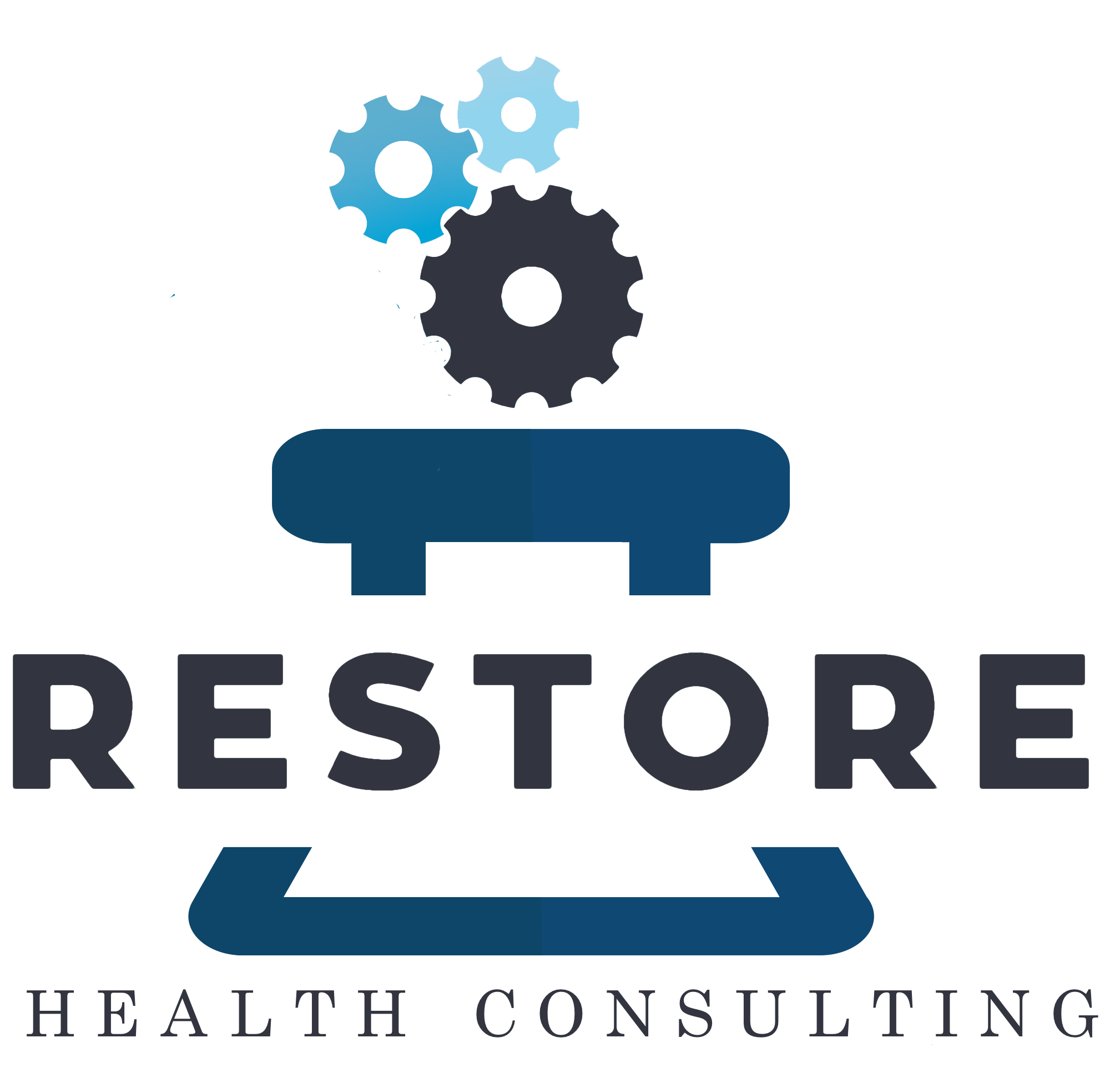503B Outsourcing Facility Start-Ups – Commissioning, Qualification, and Validation
503B Outsourcing Facility Start-Ups – Commissioning, Qualification, & Validation
As per FDA Current Good Manufacturing Practice—Guidance for the 503B Industry,
Part 211 sets out the requirements applicable to the design of facilities used in the manufacture, processing, packing, or holding of a drug product (see, e.g., § 211.42). The design of a facility should consider the products produced and must provide the necessary level of control to prevent mix-ups and contamination (§ 211.42).
As FDA has yet to finalize CGMP guidance or promulgate finalized regulations pertaining to the 503B industry, it can be challenging for 503B outsourcing facilities to fully grasp the key requirements for facility and equipment commissioning, qualification, and validation. This article aims to introduce these concepts and connect decision makers to expert CGMP facility and equipment commissioning, qualification, and validation service providers.
What is the difference between Commissioning, Qualification and Validation?
In the pharmaceutical manufacturing industry, commissioning, qualification, and validation are three processes that are critical to ensuring that equipment, facilities, and systems make safe and effective product.
What is Commissioning?
Commissioning – is essentially a non-regulated engineering test that brings a new plant or system into working condition. It’s a systematic approach to the start-up of a manufacturing system and covers all aspects of bringing a system or subsystem to a position where it is regarded as being ready for use in pharmaceutical (and other) manufacturing. The primary focus is placed on satisfying engineering requirements for the facility, defined earlier in the project.
Commissioning verifies that:
What was specified was installed
That it functions properly
It was successfully turned over to the user
Regulation Requirements – Commissioning as an engineering process has no regulatory requirements.
Steps – Commissioning includes the following steps:
Planning and preparation
Equipment installation
Infrastructure and utility verification
Testing
Handover to operations
Continued monitoring
Costs – Its costs, rigor and volume of documentation depend on the requirements for the facility, defined earlier in the project.
What is Qualification?
Qualification is the regulated and documented act of proving that a mechanical, piping, software system or subsystem is installed correctly, operates as required and performs as expected.
While commissioning can apply to all of the equipment in a manufacturing facility, qualification applies only to equipment, systems, instruments, and utilities that have a direct or indirect impact on product quality and patient safety. These critical systems will be focused on by the regulatory authorities when they come to approve the products that are being manufactured in a facility.
Uses – Qualification is used for:
Equipment
Ancillary systems
Instruments
Utilities
Steps – Qualification includes the following steps:
DQ (Design Qualification)
IQ (Installation Qualification)
OQ (Operational Qualification)
PQ (Performance Qualification)
URS (User Requirement Specification)
FAT/SAT (Factory/Site Acceptance Testing)
What is Validation?
Validation is a broader term and describes the regulated and documented process of creating an evidence trail to show that an action, process, or system leads to a consistent and reproducible result.
Validation is an element of quality assurance program for a pharmaceutical/biotech product or process. To ensure that the products are absolutely fit for intended use, the company has to demonstrate in a documented form that the processes, methods, tests, activities, and equipment they deploy are capable of repeatedly producing the desired product. Validation is an umbrella term that includes qualification.
Validation only applies to procedures and processes that have a direct or indirect impact on product quality and patient safety.
Uses – Validation is used for:
Manufacturing Processes
Cleaning
Computer Systems
Software
Test Methods
Examples – Validation examples include:
Cleaning Validation
Process Validation
Analytical Method Validation
Computer System Validation
Life Cycle of GMP Validation
Validation master plan
Validation protocol
Execution of validation
Validation report
Preparation of SOPs
These five steps are the key to preparation, documentation, and implementation of GMP validation for regulatory compliance.
Get Started
Restore Health Consulting LLC provides Commissioning, Qualification, and Validation (CQV) services to 503B Outsourcing Facilities, CDMOs, cell & gene therapy, biologics, pharmaceutical, and other GMP sectors. Our projects include commissioning and qualifying new facilities, renovations, utilities, and equipment. Schedule a free consultation today and learn about our practical and cost-effective approach to GMP facility and equipment start-ups.
